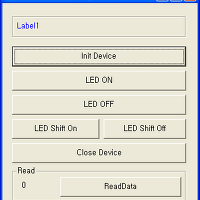
During the 1960s, computer processors were often constructed out of small and medium-scale ICs containing from tens to a few hundred transistors. The integration of a whole CPU onto a single chip greatly reduced the cost of processing power. From these humble beginnings, continued increases in microprocessor capacity have rendered other forms of computers almost completely obsolete (see history of computing hardware), with one or more microprocessors used in everything from the smallest embedded systems and handheld devices to the largest mainframes and supercomputers.
Since the early 1970s, the increase in capacity of microprocessors has been a consequence of Moore's Law, which suggests that the number of transistors that can be fitted onto a chip doubles every two years. Although originally calculated as a doubling every year, Moore later refined the period to two years.
In the late 1990s, and in the high-performance microprocessor segment, heat generation (TDP), due to switching losses, static current leakage, and other factors, emerged as a leading developmental constraint.
[전문링크] http://en.wikipedia.org/wiki/Microprocessor
설명을 보면 8비트부터 64비트까지 마이크로프로세서가 소개된다. 실제로 32비트 이상의 프로세서를 마이크로프로세서로 분류하기에는 지나치게 고성능이기도 하다. 보통 16비트까지를 마이크로프로세서로 본다. 그 이상의 이름으로 직접 부르곤 한다.

